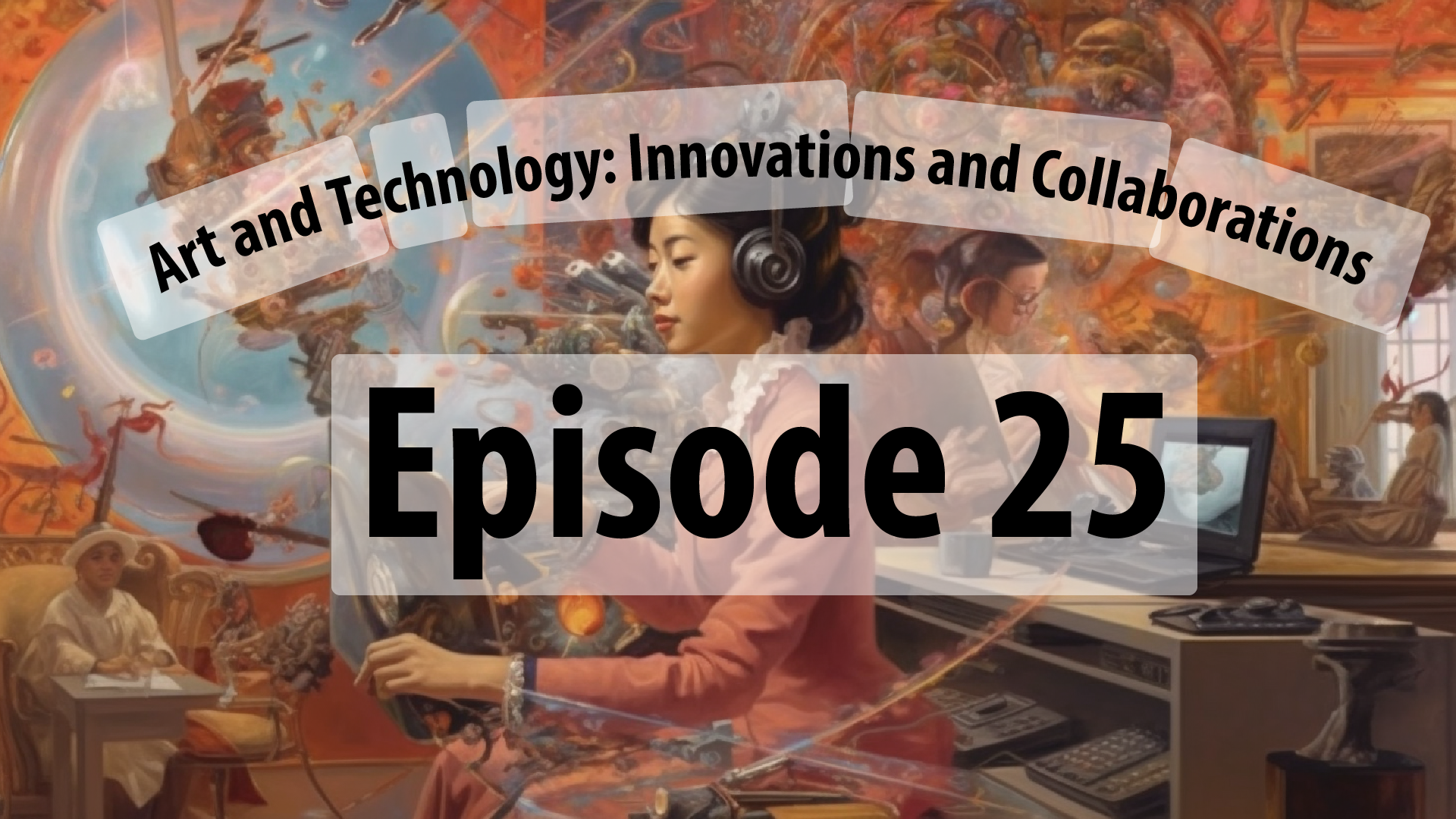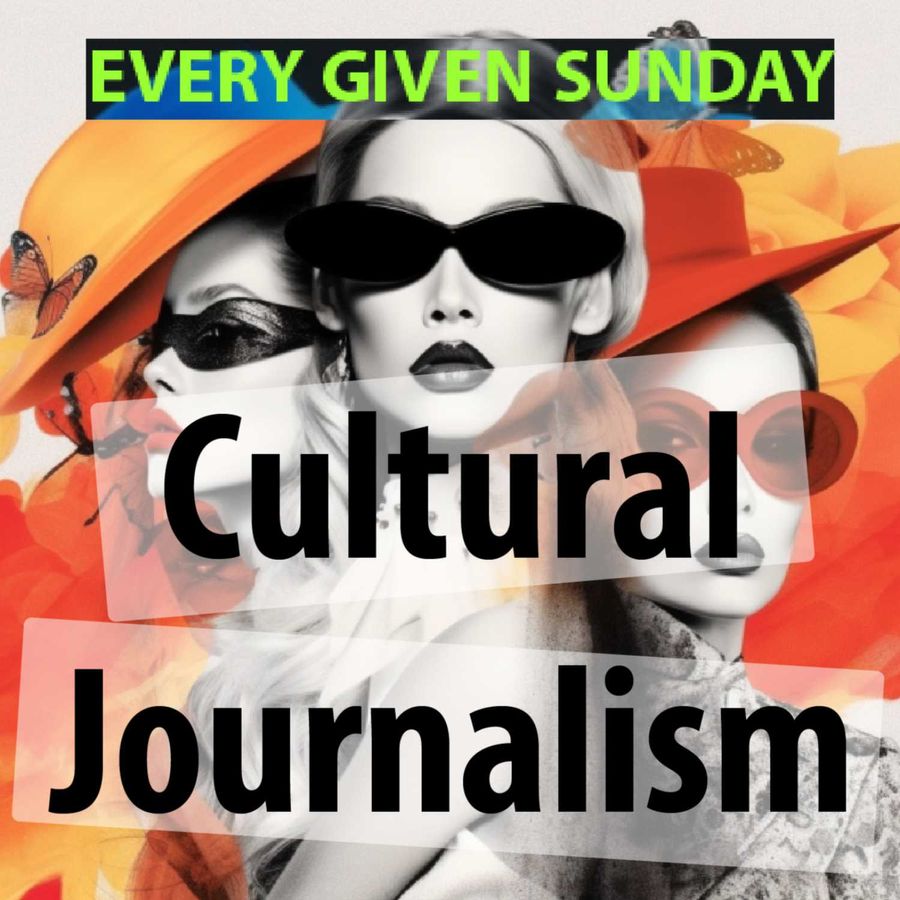Art and Technology: Innovations and Collaborations

Art and Technology: Innovations and Collaborations - A Quest for the Genuine or a Mirage of Progress?
"Art and technology," when uttered in the same breath, evokes a romantic image of a harmonious alliance between two seemingly disparate realms. It conjures visions of boundless creativity, where artists and innovators join forces to birth marvels that transcend our imagination. But let us not be swept away by such poetic illusions. The relationship between art and technology is far more complex, riddled with paradoxes, and demands a rigorous examination beyond sentimentality.
Throughout history, art has been propelled forward by a spirit of resistance and opposition. Artists have questioned and challenged societal norms, seeking to unearth the hidden truths beneath the polished veneer of consensus. Great works of art, whether painting, literature, or music, have the power to unsettle, provoke, and inspire introspection. Conversely, technology has often been associated with progress, efficiency, and the relentless march of civilization. It aims to streamline processes, enhance productivity, and conquer the seemingly insurmountable obstacles that impede human advancement. Can these opposing forces coexist harmoniously, or are they destined to clash?
At first glance, the merging of art and technology may seem promising. New tools and techniques have undeniably expanded the artist's palette, providing novel means of expression. From the advent of photography, which revolutionized visual representation, to the transformative impact of digital art, technology has opened up new avenues for artistic exploration. But we must not confuse accessibility with profundity nor mistake novelty for artistic merit. The mere presence of technology does not guarantee the creation of meaningful art.
One might argue that the overreliance on technology risks diluting artistic expression. When art becomes subjugated to the whims of the latest gadgetry, it risks losing its soul. The essence of art lies in the struggle, the human touch, and the imperfections. With its obsession with perfection and precision, technology threatens to stifle the nature of artistic creation. It promises shortcuts, templates, and prepackaged solutions, offering artists the illusion of originality while delivering little more than a hollow imitation.

Moreover, the fusion of art and technology can reinforce the commodification of creativity. Always eager to capitalize on the latest trends, the marketplace has embraced the digital era with open arms. Art has become a product, measured by its viral potential and capacity to generate clicks and likes. In this hyperconnected age, art risks being reduced to a transient spectacle, easily consumed and quickly forgotten. The rapid dissemination of digital art, while expanding its reach, has also diluted its impact. Like fireworks exploding in the night sky, these digital creations dazzle momentarily before fading into obscurity.
This is not to say that art and technology are irreconcilable adversaries. They can engage in fruitful collaborations only if artists retain their critical autonomy. Technology can amplify artistic visions when used as a tool, a means to an end, rather than an end in itself. The sculptor's chisel, the writer's typewriter, and the musician's instrument are all technologies that have served as conduits for artistic expression. They were not the creators but the humble servants of the artist's imagination. Technology should remain a humble servant, not a tyrant imposing its will upon the creative process.
We need only glance at history to understand the potential pitfalls of the art-technology nexus. For instance, the advent of photography in the 19th century was met with skepticism by painters who feared the demise of their craft. But the painters soon realized that the camera, while capable of capturing surface appearances, could not penetrate the depths of human emotion and experience. So painting persisted, reinventing itself and asserting its unique capacity for introspection and interpretation.
Similarly, introducing the phonograph and, later, the radio raised concerns about the future of live musical performance. Yet, orchestras continue to flourish, their power to captivate and transport audiences remaining unparalleled. Any technological apparatus cannot replicate the warmth of a live cello or the transcendence of a soprano's voice.
In pursuing progress, we must not forsake the timeless virtues of human creativity. The quest for innovation should not close our eyes to the enduring significance of tradition and craftsmanship. Art must not be reduced to a mere adornment of technology, but rather an independent force that challenges disrupts and illuminates the human condition. Through this tension between art and technology, we can uncover genuine and transformative expressions of the human spirit.
So let us approach the integration of art and technology cautiously, guided by a critical eye and an unyielding commitment to pursuing genuine artistic creation. Let us not mistake the glittering veneer of progress for true innovation nor sacrifice the depth of human experience at the altar of convenience. Art should not be relegated to a mere appendage of technology but rather an essential counterbalance that resists, questions, and transcends the boundaries imposed upon us. In this delicate dance between tradition and innovation, we may find a path toward a future where art and technology coexist in harmony, enriching and challenging one another rather than succumbing to the superficial allure of the latest gadgetry.


